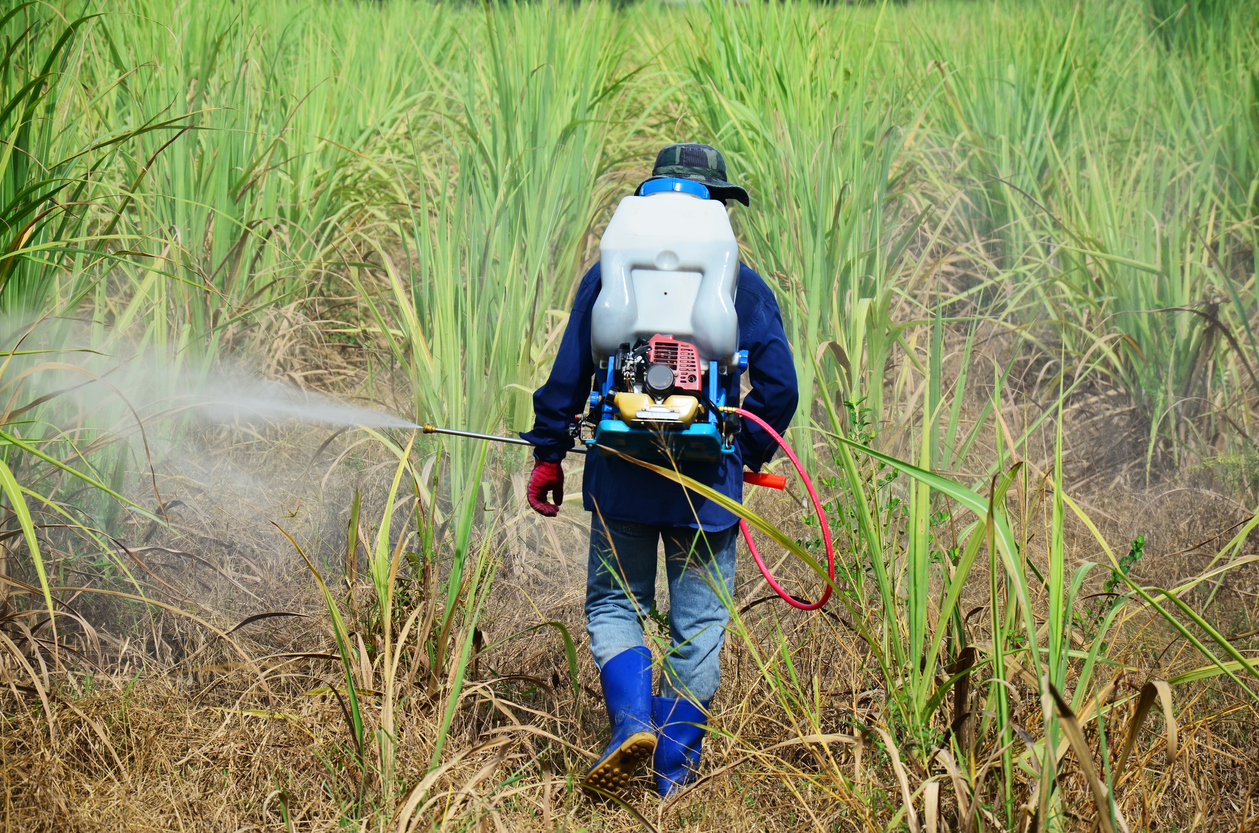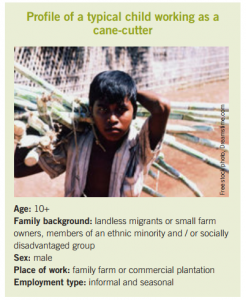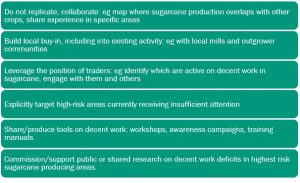
How many children are working in sugarcane production? Which countries are they in, which jobs are they doing? And most importantly, how can we reduce child labour in the sector without simply displacing children across to a different crop? These were some of the questions Ergon addressed in a new research report produced for the ILO-hosted UN Global Compact Labour Working Group’s Child Labour Platform. Bonsucro and Innovation Forum’s Sustainable Sugarcane Forum here in London next week, as well as forthcoming Bonsucro week in January 2018 (which includes a focus on the changing nature of sugarcane work) both provide an opportunity to consider appropriate collaborative action to improve working conditions for adults and reduce the burden on children in this key global commodity.
A number of companies have made big commitments to more sustainable sugar production, and recently the sector’s focus has broadened to pay more attention to human rights, alongside longer-standing environmental action. However, there are significant challenges. Cane cutting at harvest time but also the ancillary work is typical agricultural labour – often very hard work, in harsh conditions. And for children (and adults), that means it is hazardous, with risks of injury, musculo-skeletal problems and exposure to harsh heat, light and chemicals. Our key findings on the child labour aspects of the research are here.
But our integrated research approach looked beyond child labour to the full panoply of issues, including health and safety, forced labour, freedom of association and collective bargaining, discrimination and gender-based workplace violence, precarious work, wages, hours. We reviewed a vast range of existing literature (covering plantation and smallholder production), supplemented with private sector interviews to focus recommendations on what the industry could and should do differently, and how the ILO could support that via tripartite activity.
Sugarcane’s significance: a major provider of rural livelihoods
The sugarcane industry generates significant levels of rural employment, supporting an estimated 100 million livelihoods, with smallholders accounting for 40% of global cane production. But there is intense competition, increasing weather fluctuations and price volatility. Smallholders often find it difficult to cover production costs, increasing the chances of child labour and other decent work deficits and hindering their investment in improved production practices. Production at primary level is complex, fragmented and on a large scale, making it difficult to boost traceability and implement initiatives on decent work.
So, where are there child sugarcane labourers, and what tasks are they carrying out?
 There’s a real lack of data on child labour in the sector, even in the big producing countries. And that is also true for forced labour and for understanding what women and girls in the sector may experience. What we do know is that child labour is linked to sugarcane production in over 20 countries, and numbered “in tens of thousands if not hundreds of thousands” according to one major study. Labour arrangements depend to a large extent on the production context such as the degree of mechanisation and size of production area. Children are more likely to be working in small-scale family production, doing a range of different tasks.
There’s a real lack of data on child labour in the sector, even in the big producing countries. And that is also true for forced labour and for understanding what women and girls in the sector may experience. What we do know is that child labour is linked to sugarcane production in over 20 countries, and numbered “in tens of thousands if not hundreds of thousands” according to one major study. Labour arrangements depend to a large extent on the production context such as the degree of mechanisation and size of production area. Children are more likely to be working in small-scale family production, doing a range of different tasks.

Source: Save the Children, Child Rights Situation Analysis – Children of families engaged in sugarcane farming in Maharashtra, 2012.
What works to reduce child labour in sugarcane?
Getting these children out of hazardous work and into school is a priority, and many countries have already taken action. Our research surveyed collaborative, industry and government-led programmes, both country-specific and international. We highlighted good practice and lessons learned and drafted actionable, integrated recommendations for the ILO, social partners and industry actors. From an institutional angle, these touch on the need for longer-term, bigger initiatives to gather data, disseminate knowledge, provide technical assistance, build community-based interventions and engage stakeholders.
Secondly, more immediate next steps for the industry include:

For Ergon, the study provided an opportunity to build on our decent work research and expertise from other commodities and crops facing similar challenges (cotton, tea, cocoa, shea). We hope that ILO’s members and industry players coming together via Bonsucro and elsewhere can help use the recommendations to advance this agenda in sugar and other crops.